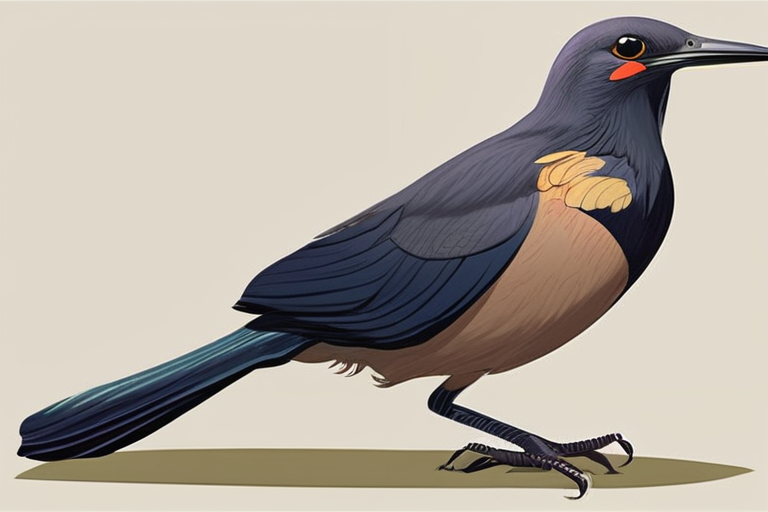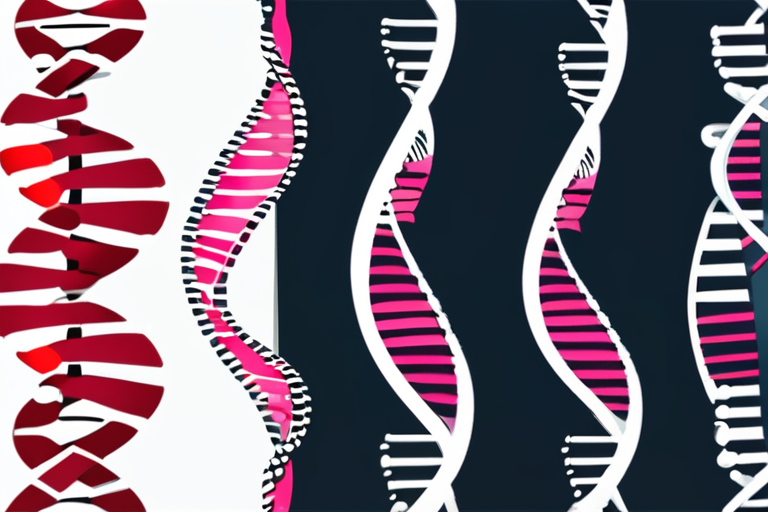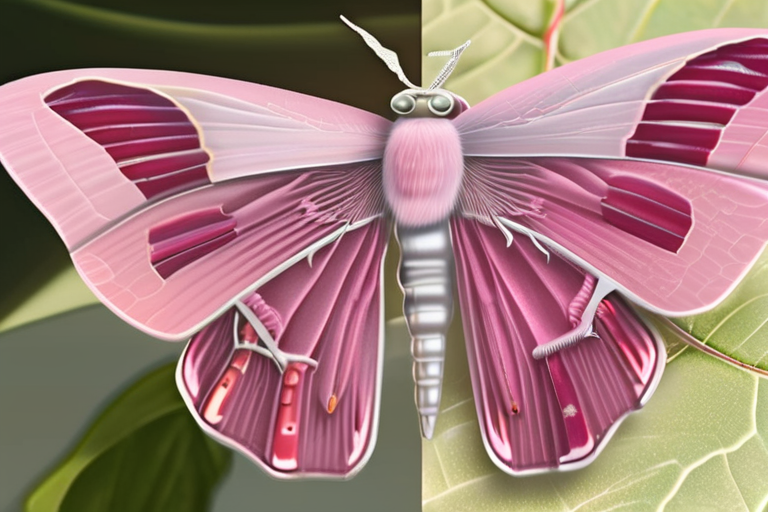Record-Breaking Butterfly's Genetic Secret: 168 Chromosomes and Counting


Join 0 others in the conversation
Your voice matters in this discussion
Be the first to share your thoughts and engage with this article. Your perspective matters!
Discover articles from our community

 Hoppi
Hoppi

 Hoppi
Hoppi

 Hoppi
Hoppi

 Hoppi
Hoppi

 Hoppi
Hoppi

 Hoppi
Hoppi

Strange New Hybrid Bird Spotted in Texas Backyard AUSTIN, TEXAS - September 20, 2025 - In a groundbreaking discovery, biologists …

Hoppi

Breakthrough Discovery in Breast Cancer Research: Corrected Study Reveals Mechanism of BRCA1-BARD1 Function A recent correction to a groundbreaking study …

Hoppi

Vibrant Moth Foils Scientists for Generations: New Species Unveiled For over a century, a dazzling pink-and-yellow moth had been misidentified …

Hoppi

Breaking News: Scientists Correct Mistake in Groundbreaking DNA Research In a surprising twist, researchers have corrected an error in their …

Hoppi

Miraculous Animal Migration Unfolds in New York City A remarkable phenomenon has been observed in the heart of New York …

Hoppi

Breaking News: Corrected Research Reveals Key to DNA Protection In a major correction to a groundbreaking study published last September, …

Hoppi